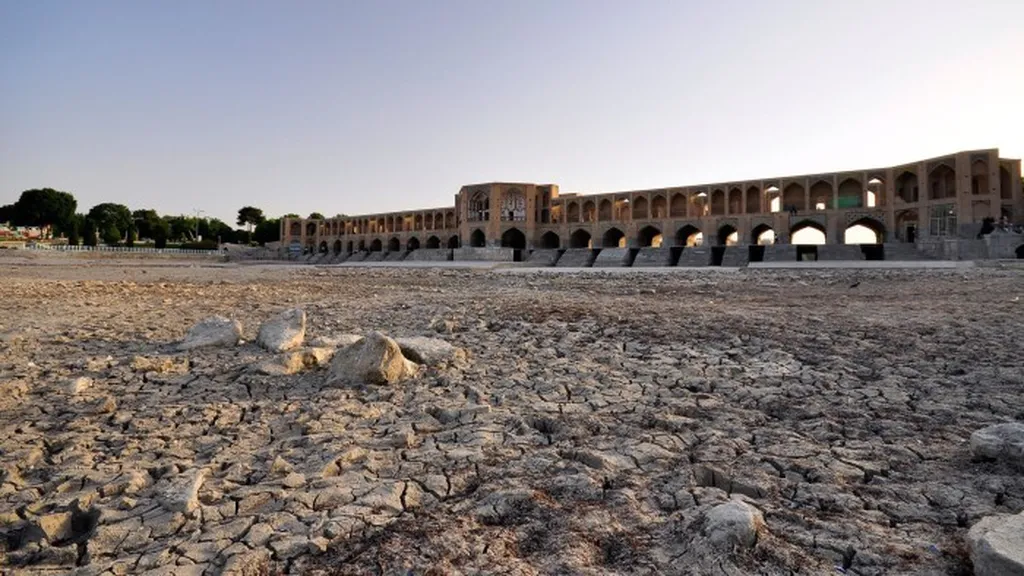In the heart of Isfahan, the Zayandehrud River has long been a lifeline, shaping the city’s history and the quality of life for its residents. However, recent droughts have posed significant challenges, prompting a critical examination of how urban rivers influence the well-being of communities. A recent study published in the journal ‘توسعه پایدار شهری’ (translated as ‘Urban Sustainable Development’) sheds light on this very issue, offering insights that could reshape urban planning and development strategies, particularly in the energy sector.
Narges Soltani, a Ph.D. candidate in Urbanism at the University of Art in Tehran, led the research focusing on the Zayandehrud River and its impact on the quality of life (QOL) of Isfahan’s residents. The study identified six key dimensions that influence QOL: political and managerial, economic, historical, social, physical, and environmental. Among these, the social dimension emerged as a critical factor, influencing changes in other dimensions. “The social dimension determines the changes in other dimensions of the residents’ QOL,” Soltani explained. “It includes components like identification, sociability, leisure time, and mental health, which are crucial for understanding the overall well-being of the community.”
The research employed a mixed-methods approach, combining quantitative and qualitative data collection techniques. Surveys, field studies, and structured questionnaires were used to gather information, while document analysis and historical-structural analysis provided a deeper understanding of the river’s impact over time. Confirmatory Factor Analysis (CFA) was utilized to validate the findings, ensuring a robust and reliable assessment.
For the energy sector, the implications of this research are profound. Urban rivers like the Zayandehrud play a vital role in sustainable urban development, influencing everything from energy consumption patterns to the design of green infrastructure. By understanding the multidimensional impact of urban rivers on QOL, energy companies can develop more sustainable and community-centric projects. For instance, investing in renewable energy sources that align with the historical and environmental dimensions of a city can enhance the overall well-being of residents while promoting sustainable energy practices.
Moreover, the study highlights the importance of effective urban planning and management in mitigating the adverse effects of environmental hazards like droughts. As Soltani noted, “Proper planning and effective management are necessary to improve the quality of urban life.” This insight is particularly relevant for the energy sector, which must adapt to changing environmental conditions and evolving community needs.
The research conducted by Soltani and her team offers a comprehensive framework for assessing the impact of urban rivers on QOL, providing valuable insights for urban planners, policymakers, and energy sector professionals. By integrating these findings into their strategies, stakeholders can create more sustainable and resilient urban environments that prioritize the well-being of residents.
As cities continue to grow and evolve, the role of urban rivers in shaping the quality of life for residents will become increasingly important. The study published in ‘Urban Sustainable Development’ serves as a crucial step towards understanding and enhancing the multifaceted relationship between urban rivers and the well-being of communities, paving the way for more sustainable and inclusive urban development practices.

